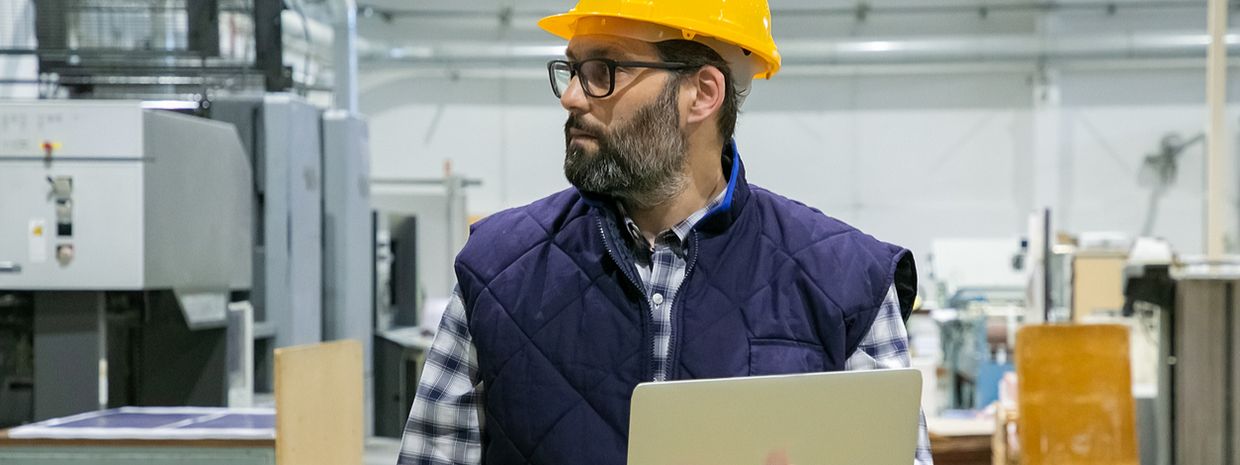Working as an onsite physical therapist looks different than other PT careers. A physical therapist working in the therapy department at the VA, the rehab department at the hospital, or even in the outpatient clinic is usually waiting for a patient to be sent to them. Instead, as an onsite physical therapist, I’m walking the floor at a production facility with 400 patients who at any moment could utilize my services.
Scheduled Visits
A typical day for me starts pretty early. I am in the facility by 7 am, as most of the shift workers start at 6. By the time they have their department huddles, stretch and start their day, I’ll be onsite. I will have between 2-4 scheduled visits with employees that I am currently treating. They range from low back strains, carpal tunnel, shoulder impingement to postural-related pain. These employees are treated much like they would if I were in a traditional outpatient setting. They have a scheduled appointment with me and are most often seen in a clinic space carved out at the worksite. One of the biggest differences is that my documentation, albeit thorough, does not have to be written from a perspective of justifying insurance reimbursement or to justify further care. I do what is best for the patient without third-party oversight.
On-the-Job Injuries
I may at times get interrupted by a call from a safety manager or a general supervisor who informs me that we have an employee with an acute injury. I can be at the employee’s workstation in less than 2 minutes to assess almost immediately. This rapid triage is critical to the long-term outcome of the situation. Sometimes it involves special tests to see if there is ligament damage, dislocation or other trauma. Many times it simply is a slight sprain or strain, and I can utilize first aid within minutes of the incident and avoid costly and avoidable recordable incidents. Education and a reassuring medical point of view give the employee and the employer peace of mind that the injury is being treated appropriately and quickly.
Ergonomics Education
Many days I am involved in education on ergonomics in a more sedentary setting. Providing guidance on the placement of equipment and the use of frequent stretching to eliminate future musculoskeletal dysfunction is almost a daily occurrence. Being onsite allows for a deeper understanding of what the employee’s demands are and how to more effectively balance the needs of both the employee and the company. Without being onsite regularly, there would never be this level of understanding, much less the level of trust that occurs when I am in their element.
Employee Engagement
Lastly, one of my favorite activities on a daily basis is just walking the plant. Rubbing shoulders with the employees in their workspace creates friendships and opportunities to educate in the moment. This is where a lot of spontaneous treatment happens. I like to refer to it as “light bulb moments”. When I walk the floor and interact with the employees, it happens very frequently. I hear, “Hey Tom, I have been meaning to come to see you, I just keep forgetting”. I am a personal reminder that they have an issue and need to get it assessed. Without being onsite, visible and trustworthy, this never occurs. Small musculoskeletal issues don’t get addressed and they linger, grow and result in more serious conditions that require more costly treatments down the road.
Being onsite is a very different reality from the first perspectives I had of the profession. It is more proactive, organic and interactive. I no longer wait for clients to show up at my clinic, I go find them and intercede earlier with more effective results. It is a win for the employer, a win for the employee and a win for me. A typical day in my life as an onsite therapist is fun, engaging, impactful and rewarding. I love being on the front lines and using my skills to improve the healthcare system in my community.
About Therady
We formed Therady to reduce the Cost of Workplace Injuries. We can lower Health Insurance costs, reduce workers compensation premiums, reduce days away, restricted or transferred, and reduce turnover. And while our services can reduce the likelihood of an injury from occurring in the first place, we aren’t a safety strategy, but rather we optimize the efforts that are already in place and take them to a level that could not otherwise be achieved. Get a worksite assessment and let us show you where we can take your safety strategy.





